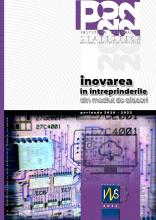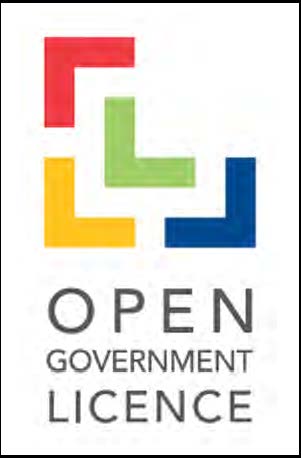
The publication contains both an analysis and statistical data on innovation in business environment during 2020-2022, by economic activity, size class of enterprises in terms of the number of employees, at national level, by macro-region and development region regarding: the number and
weight of innovative firms, the innovators typology, the number and weight of enterprises with new products, the turnover from innovation, innovation expenditure, public funding of innovation, cooperation in innovation, cooperation partners and their geographical location, intellectual
property rights, enterprises with innovations in logistics, the share of enterprises with organisational and/or marketing innovations. The publication also includes a chapter on international comparisons for the period 2018-2020.
 National Institute of Statistics
National Institute of Statistics 









